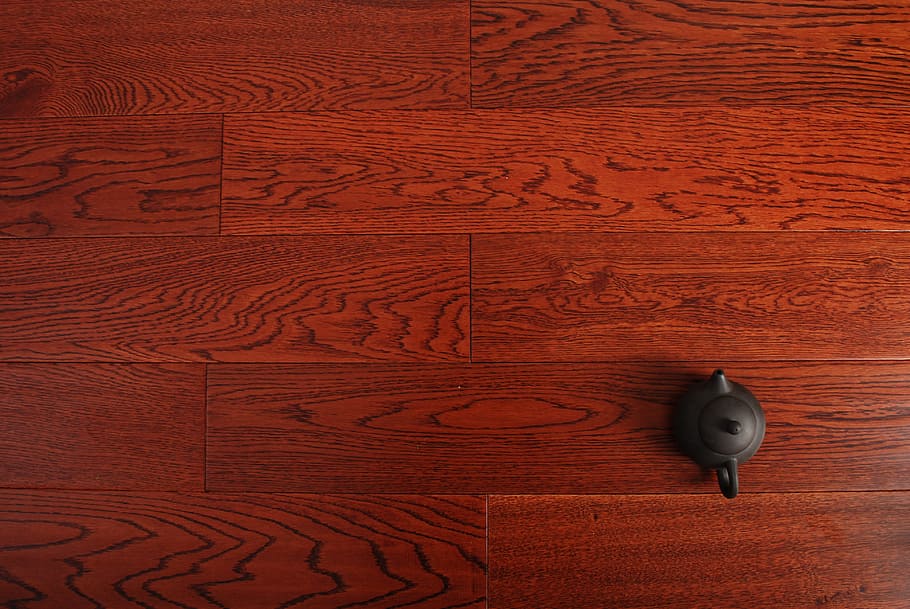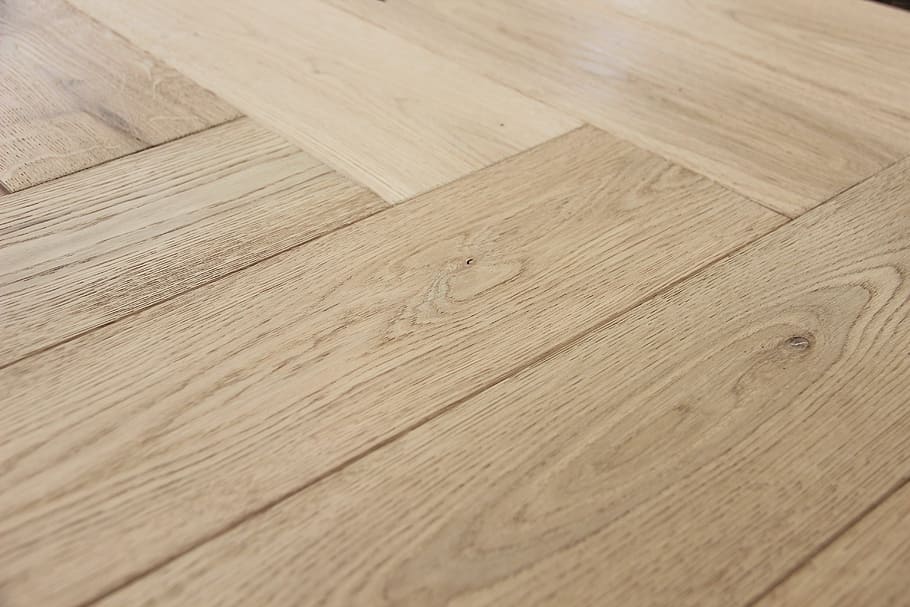Engineered Hardwood Floor Installation
With Klaasen Wood Floors, ONE call does it all!

Engineered Hardwood Flooring
When considering engineered hardwood floor installation, explore various types for unique aesthetics. Engineered hardwood’s exceptional resilience to moisture and temperature fluctuations makes it versatile. Its durability ensures long-lasting beauty with minimal maintenance.
Precision in subfloor preparation, adhesive application, and meticulous placement is vital for an impressive result. Professional engineered hardwood floor refinishing is also an option to restore the original luster and extend its lifespan.
Types Of Engineered Hardwood Floor Installation
The three most common types of engineered hardwood floor installation include floating, glue-down, and nail-down methods. Floating installation involves attaching planks together without adhesive, while glue-down uses adhesive for secure attachment. Nail-down involves fastening planks to a wooden subfloor with nails or staples.
Floating Engineered Hardwood Installation
This type of installation involves interlocking planks without the use of adhesive. This method is popular for its ease of installation and suitability for areas where moisture and temperature fluctuations are a concern.
Glue-Down Installation
Glue-down engineered hardwood floor installation relies on adhesive to securely attach planks to the subfloor. This method offers a stable and durable result, making it ideal for high-traffic areas and providing an even, uniform surface.
Nail-Down Method Of Engineered Installation
This installation involves securing planks to a wooden subfloor using nails or staples. This traditional technique provides excellent stability and is suitable for long-term flooring solutions, particularly in areas with heavy foot traffic.
Why Choose Engineered Hardwood Flooring?
Engineered hardwood is popular because of its exceptional durability, resistance to moisture and temperature fluctuations, and also its ease of maintenance. Engineered hardwood combines the timeless beauty of wood with practical benefits, making it a popular choice for both residential and commercial spaces.
Exceptional Durability
This style of flooring boasts exceptional durability due to its layered construction. It can withstand heavy foot traffic and resist wear and tear, making it long-lasting and helping you avoid engineered hardwood floor repair.
Resistance To Moisture
Engineered hardwood flooring exhibits a high resistance to moisture and temperature fluctuations. Its layered composition and advanced finish make it less susceptible to warping or buckling.
Low Maintenance
Engineered hardwood flooring is prized for its ease of maintenance. Regular cleaning with a broom, vacuum, or damp mop is typically all that's needed to keep it looking pristine, making it a convenient and low-maintenance flooring choice.
Durability Of Engineered Hardwood Floor
Engineered hardwood flooring’s multi-layered construction provides exceptional durability, and its scratch and stain-resistant surface ensures long-lasting beauty, even in high-traffic areas.
Maintenance For Engineered Hardwood Floors
Maintaining engineered hardwood flooring involves regular sweeping or vacuuming to remove debris. Periodic damp mopping with a pH-balanced wood floor cleaner and avoiding excessive moisture are essential steps to preserve its finish.

The Installation Process
The installation of engineered hardwood flooring involves three key stages. First, meticulous preparation in your home before the installer arrives is crucial. During installation, planks are expertly laid, glued, or floated, and finishing touches are applied.
Afterward, proper post-installation care involves avoiding heavy foot traffic and maintaining the right humidity levels.

Preparation
The first stage of installation involves meticulous home preparation. This includes clearing the area, allowing the flooring to acclimate to the environment, and ensuring a clean and level subfloor, creating a solid foundation for a successful installation.
During the installation phase of engineered hardwood flooring, skilled craftsmen lay, secure, and align the planks with precision. This stage is critical, ensuring a flawless and visually appealing result that complements your space.

Installation

Post-Installation Care
Post-installation care includes avoiding heavy foot traffic, maintaining optimal humidity levels, and allowing the floor to settle and cure. Proper care ensures the longevity and beauty of the newly installed flooring.
For residents in West Michigan seeking engineered hardwood floor refinishing, our expert team is here to deliver exceptional craftsmanship and revive the timeless beauty of your floors.
To discover the finest in engineered hardwood floor installation in your area, don’t hesitate to reach out to Klaasen Wood Floors for expert guidance and impeccable service.
